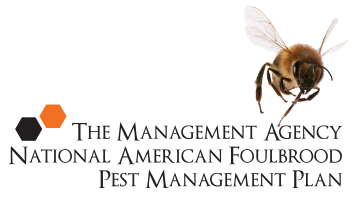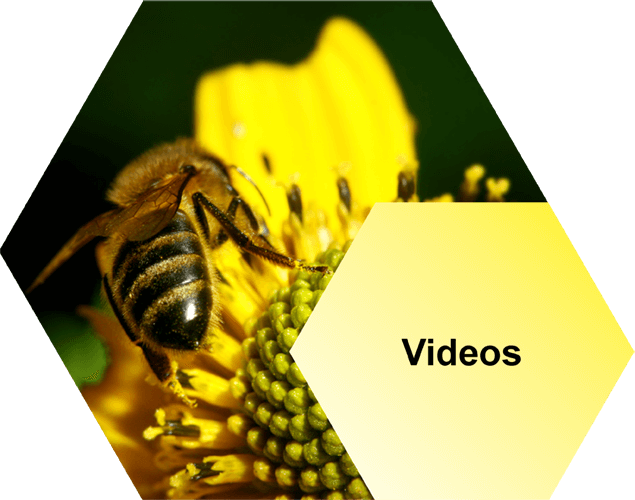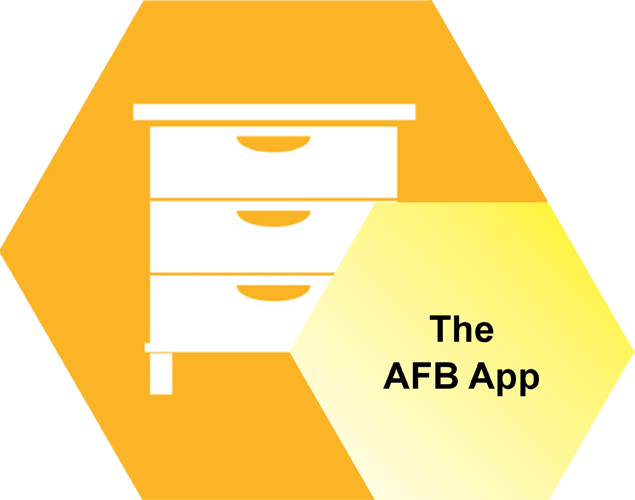Apiary quarantine
What is apiary quarantine?
Apiary quarantine is where each apiary is managed separately, with no interchange of equipment between apiaries. This type of quarantine is used by many beekeepers in New Zealand, regardless of the AFB incidence in their hives.
To create an apiary quarantine, the beekeeper marks all the beehive equipment in the apiary using a single code letter or number. Once the equipment has been marked, it remains with that apiary, in much the same fashion as with the hive quarantine.
Advantages
An apiary quarantine has the advantage that it is much less time-consuming than a hive quarantine. Apiary quarantine is used as a matter of routine in some beekeeping outfits. If an AFB problem develops, it will probably only affect the colonies in one yard, rather than the whole outfit.
How it's done
Beekeepers use a number of modifications of the apiary quarantine system. Many do not use routine apiary quarantine, and only quarantine any apiary where an AFB hive is found. They keep the quarantine in place until the apiary has been free of AFB for a specified time (usually 18 months to two years).
Other beekeepers quarantine the honey supers coming off an apiary at extraction time, and extract and store them as individual apiary lots. The quarantine is kept on the supers until all of the spring management (including several full brood inspections) is completed. If no AFB is found in the apiary, the quarantine is lifted, and the supers are used in the outfit wherever they are needed. If AFB is found, the supers are only used on the quarantined apiary. If more supers are needed in that apiary, they are taken from the non-quarantine group and become part of the quarantine.
Beekeepers sometimes add a hive quarantine to their routine apiary quarantine when an AFB outbreak in an apiary occurs. In this case, a second code letter or number is used in addition to the apiary code (e.g., “A” for the apiary, and “1” for the hive) to identify each hive in the apiary.
The major drawback with an apiary quarantine is that it does not lend itself to beekeeping outfits where hives are shifted to different locations during the year. This is a particular problem when hives are used in pollination and the apiaries are split up, with hives from a single apiary being placed in several different orchards.
However, there are some beekeepers engaged in pollination who make effective use of apiary quarantine. They either utilise dump sites after pollination to re-combine the hives back into the original apiary unit, or drop off partial loads in post-pollination apiaries, making sure they get all the hives from the original apiary back together.
Take the AFB 5 minute quiz
How well do you know what you need to know about AFB and beekeeping? Take our short quiz and find out.
Videos
Our videos cover everything from your legal obligations to how to recognise AFB, collecting cell and bee samples and more.
Symptoms
There’s a lot of good information here, telling you everything you need to know about recognising AFB: the visual symptoms, smell of AFB and more.
Inspection and Diagnosis
Successfully eliminate AFB by telling the difference between symptoms of AFB and other brood diseases in the hive. We tell you the best methods for inspecting your hives.
The Law
New Zealand beekeepers have a number of legal obligations that must be met regarding AFB disease. Read the shortened list in summary, here.
Elimination
Most hives become infected because bees, honey or equipment have been put into a hive from another hive that is infected with AFB. Lower your chances of an AFB infection by reading this section.
AFB Recognition Course Info
Find out when the next AFB Recognition and Competency Courses, or Refresher Courses are available. These are held throughout the year in various New Zealand locations across the South Island and North Island.
The AFB App
Follow the link below to open the App. Once open to save to your device you need to bookmark the URL on your phone so you can find it easily again. Please click here to open.









